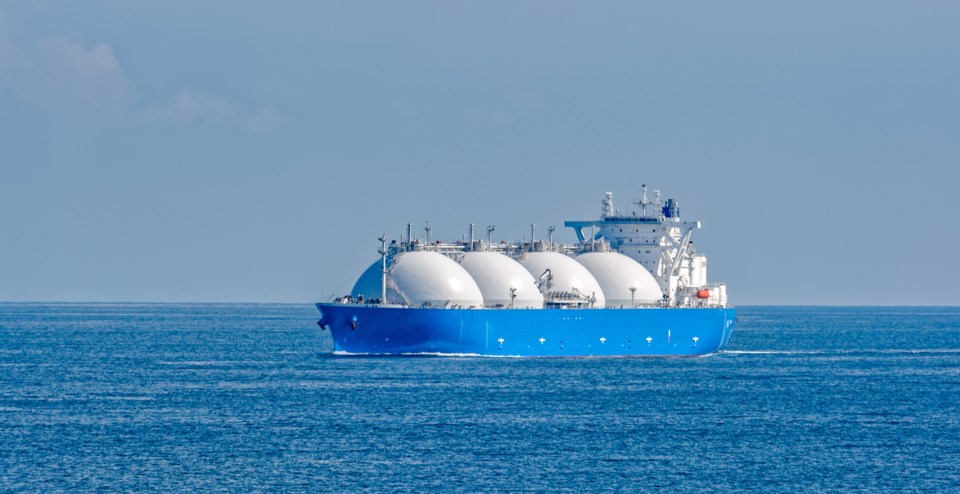Prospects of war between Israel and Hamas growing into a broader Middle Eastern conflict is giving oil traders the jitters, leading to some oil and gasoline price volatility, while prospects for B.C. LNG exports appear to be confirmed by a continued increase in demand in Asia, according to the International Energy Agency (IEA).
“A sudden escalation in geopolitical risk in the Middle East, a region accounting for more than one-third of the world’s seaborne oil trade, has put oil markets on edge following the attack by Hamas on Israel,” the IEA notes in a press release accompanying its Oil Market Report and its Mid-Term Gas Report.
Oil prices spiked by about 4 per cent Friday, as a result of the war now underway between Israel and Hamas in the Gaza Strip. Uncertainty over Middle East oil supplies could lead to some gasoline price volatility in the coming days, weeks and months.
Natural gas prices are also subject to some volatility, the IEA notes in its report, though it also points to mid-term demand growth in Asia.
“Natural gas markets are also in a fragile state after a series of recent issues, including labour strike risks in Australia, production disruptions in Israel after the Hamas attack, and damage to a key pipeline in the Baltic,” the IEA states.
“Beyond these immediate strains, global demand growth for gas is set to slow in the coming years.”
Global natural gas demand is “on course” to increase by about 1.6 per cent per year between 2022 and 2026, which is a decrease compared to the average growth 2.5 per cent per a year between 2017 and 2021, which the IEA describes as “the Golden Decade” for natural gas.
“Demand in mature markets across the world has already peaked and is projected to decline by 1 per cent annually through to 2026,” the IEA forecasts.
The report notes that, in Canada, natural gas demand increased as a result of power companies switching from coal to natural gas, but declined in the residential and commercial heating sector.
Natural gas consumption in Canada increased overall by an estimated 2 per cent in the first three quarters of 2023, the gas report notes.
“Natural gas demand in the power and industrial sectors grew by 5 per cent in the first half of 2023, due to coal-to-gas switching in the power sector. This increase was almost entirely offset by a 9 per cent (year-over-year) decline in residential and commercial gas demand.”
While the war between Russia and Ukraine initially led to drastically spiking gas prices, as countries like Germany scrambled to replace Russian natural gas imports by ramping up LNG imports – much of it from the U.S. -- it also led those countries to accelerate a transition away from fossil fuels.
“For Europe specifically, the loss of piped gas from Russia pressed governments to seek alternative solutions to maintain energy security,” the IEA report notes.
Fortunately, for B.C. LNG projects like LNG Canada, Woodfibre LNG, Cedar LNG and Ksi Lisims, being on the West Coast means they are focused on Asian markets, where the demand for natural gas is expected to continue to grow.
“While markets moved towards a gradual rebalancing in the first three quarters... of 2023, structurally higher gas prices pave the way for a slower and more uncertain demand trajectory, with growth almost entirely concentrated in Asia and the gas-rich markets of Africa and the Middle East,” the IEA’s gas market report predicts.
“A strong increase in liquefied natural gas (LNG) production capacity towards the end of our forecast horizon is expected to loosen market fundamentals and ease gas supply security concerns in the second half of the decade.
"In British Columbia, on Canada’s west coast, the LNG Canada Phase 1 project is set to ramp up deliveries in 2025 and 2026 with an overall capacity of 19 (billion cubic metres per year)."
The report notes that China alone is expected to account for almost half the growth in global demand for natural gas.





